What is Sheathing?, How is Sheathing Made?
Contents:
1. What is Sheathing?
- What is Sheathing Briefly
- Exterior Cladding
- What is Rockwool Sheathing?
2. What Does Sheathing Do?
- Exterior Cladding Materials
- Types of Sheathing
- Sheathing Materials
- What is Jointed Sheathing?
3. Why is sheathing done?
- What is Sheathing Fee?
- What is the Sheathing Law?
- What are Sheathing Damages?
- Old Building Exterior Renovation
Sheathing is the process of optimizing the heat values inside the buildings by covering the exterior or interior facades of the buildings by means of an insulation material with the facade cladding method . In short , sheathing is the whole of the optimization applications planned to make thermal insulation . The type of jacketing, which we define as thermal insulation , is the name given to the applications made to prevent heat transfer between two environments at different temperatures.
Sheathing materials or the type of sheathing system to be applied vary depending on the desired exterior insulation level, the type of use of the building and theapplicationarea . Sheathing in buildingsmeans saving the energy of the house by not leaving the outside heat or cold inside or vice versa. We can also say that thermal insulation is the sheathing technique, which is made by sticking the plates side by side in a way that does not leave any gaps. In accordance with the Energy Efficiency Law, it is obligatory to obtain the energy identity certificate in buildings until January 2020 for existing buildings, and together with the license application for new buildings. Energy Performance CertificateYou can find detailed information about it by clicking the link.
The purpose of thermal insulation during the winter months is to reduce the need to heat the interior of a building and thus avoid spending too much money on energy bills. The exterior sheathing work done in the summer months is the opposite. Exterior insulation helps keep interior temperatures cool and comfortable.
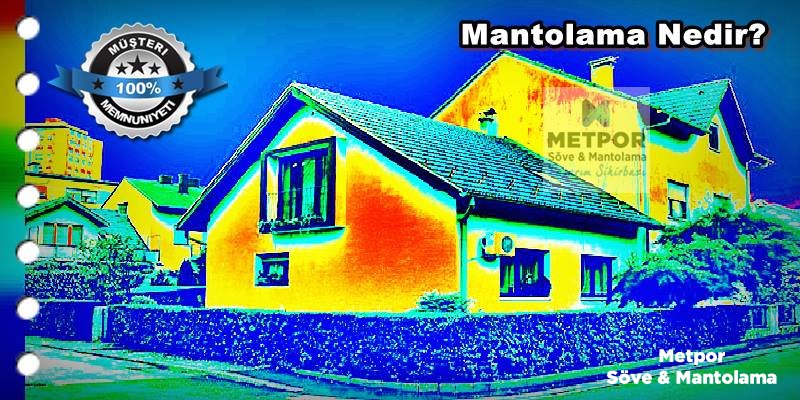
How is Exterior Cladding (Sheathing) Made?
- Thermal insulation is the ability of a material to reduce heat input or output from one environment to another.
- Well installed thermal insulation , used in very hot or cold regions, guarantees energy efficiency throughout the building, from the floor to the roof, walls and facades.
- In hot regions, thermal insulation keeps the heat out of the environment and reduces the need for air conditioning, while in cold regions, thermal insulation keeps the environment warm and eliminates the need to use a heater.
- Sheathing is also widely used for pipes and boilers preventing energy loss in technical installations.
- It stabilizes the temperature of the building elements, significantly reduces the possibility of condensation of water vapor on the interior surfaces, thus preventing the emergence and reproduction of harmful microorganisms, often called fungi or molds.
- They provide thermal comfort and " energy saving ".
Sheathing isan important building technology madeto reduce energy use in buildings by preventing heat loss from the building facadeNot allowing the outside heat or cold to enter inside the buildings and, conversely, saving the energy of the house by preventing the air circulation from the inside to the outside ,clearestanswer to theHow is sheathing done?"
Drainage is the waterproofing applicationmade to prevent the damage of the water leaking from the outer walls of the buildings to the foundation or the underground waters from damaging the building and infrastructure elementsIn its most general definition, the process of collecting the water around the building and discharging it before it reaches the structure is called drainage .
Drainage is a special expertise that can make water and moisture insulation in foundations, in order to protect houses from damage caused by surface and underground waters. In general terms, moisture- waterproofing in the foundations iscarried out to protect the building from underground surface and leachate waters, as well as from the melting of snow and ice.
If the foundations of the houses are completed without creating a waterproofing layer, protection against water will only be possible with the insulation layer to be made on the shear walls and the drainage line that will surround the building. It is vital in this type of insulation that the drainage line is not blocked.
Sheathing is the process of preserving the heat of a building. People in colder areas want their buildings to be warm inside, and buildings in warmer areas want to be cooler inside. Thus , you can make insulation on the walls and roofs of buildings in order to balance the heat of the building according to human needs. When planning exterior insulation for the building, thesheathing analysis should be done correctly. The " sheathing material " to be chosen for the exterior cladding should be chosen carefully.
What is Sheathing? What is the Importance for Construction Construction?
What is Sheathing? What Does It Do? If we continue the question, the applications we make to completely prevent heat loss or to bring it to minimum levels are called " sheathing ". The processes that provide " energy saving " by reducing natural gas and electricity consumption by insulating during construction are called sheathing . However, exterior jamb cladding applications are among the most popular and trendy exterior cladding applications.
Heat radiates from the walls, windows, roof and ceilings of a building. As the heat level drops, we need to consume more energy to reheat. Low thermal insulation in the walls of buildings is emerging as an important cause of millions of tons of CO2 and greenhouse gas emissions worldwide. The reason for this is obvious: poor insulation of the walls requires high gas and electricity consumption for the air conditioning of our buildings.
In the summer, this heat loss can turn into heat transfer where heat enters the property. Thermal insulation in buildings is a smart, practical and easy solution that aims to prevent heat loss. Where is the building sheathing done? some of the most ongoing areas to be insulated should include ceilings, cavity walls, exterior walls and floors. Since Eps Styrofoam thermal insulation boards can be easily cut, it offers the opportunity to decorate the exterior of the building for exterior cladding models . Does Sheathing Cause Fire to Spread? You can access sheathing and fire resistance information from the article .

What is Sheathing (Heat Insulation)?
How is Exterior Sheathing Made?
Sheathing is an important construction technology to reduce energy use in buildings by preventing heat loss from the building facade . Thermal insulation is generally made of exterior cladding materials with a thermal conductivity of less than 0.1 W / mK . These sheathing materials have no other purpose than to save energy, to ensure the safety of indoor heat and to provide comfort.
The price per square meter of sheathing is 29.00 ₺ + VAT for 3 cm in m2 unit, while the calculation is made as 32.00 ₺ + VAT for 4 cm . These jacketing styrofoam prices were valid for 2019 . While the exterior sheathing prices were 24.00 TL + VAT in 2018, prices increased in 2019 due to exchange rate fluctuations in Dollar and Euro currencies .
2020 sheathing prices are 32.00TL + VAT for 3 cm sheathing plate, 34.00TL + VAT for 4 cm sheathing plate . 2021 Ready Sheathing Material m2 unit prices are as follows. The m2 unit price of 3 cm jointed sheathing board is 45.00TL + VAT, the price of 4 cm ready sheathing board is 51.00TL + VAT . 5 cm jacketing plate is 57.00TL + VAT .
The above prices of thermal insulation boards are envisaged for siding printing jacketing and jointed coating , which are decorative jacketing types .
In other words, " sheathing " is simply taking the building into a mantle and covering it with thermal insulation materials with the aim of ensuring the heat safety inside without letting the outside heat inside. Technically, the styrofoam wall, that is, thermal insulation , is called " sheathing application " , the exterior cladding created on the outer surfaces of the building in order to reach the necessary thermal insulation coefficient so that no thermal bridge will occur . Building exterior sheathing and exterior systems do not only mean that the warm air inside is coming out in winter. It also prevents the cold air inside from escaping in the summer months and reduces the heat loss of the interior . Briefly, sheathing is the insulation process in the building against heat transfer .
What is Sheathing?, What is the Meaning of Sheathing?
What is sheathing? ; It is an application of " exterior cladding " by using insulation materials on the exterior of the buildings. It prevents the structure from being directly affected by external conditions and provides heat protection and jacketing applications . Exterior sheathing companies operating in the sector arethat have the ability to realize this application.
At this point, capability is mentioned, because siding companies have special tools and equipment, and businesses of all sizes may not know it because the application quality is heavy. How is Interior Sheathing Made? We also recommend that you review our article .
Depending on the size of the buildings, it is necessary to establish skeletons of different qualities, to have sufficient personnel and to have the tools and equipment needed by the exterior sheathing companies . It is not expected that small-scale companies engaged in exterior decoration activities can operate like exterior sheathing companies . Moreover, even the smallest sheathing operation requires a serious personnel and is a very intense effort. For this reason , there are some points to be considered when choosing a sheathing company .
What is exterior sheathing? Thus, we have answered the question with a broad explanation. What is sheathing dowel? You can reach our article from the link.
Trendwall, manufactured by METPOR, is a " do-it-yourself sheathing " insulation material with its "decorative" and " insulation " feature thanks to its interior " styrofoam wall panels " . It creates living spaces with quality conditions by preserving the continuity of the air in the apartments and other interior spaces with the water insulation and heat insulation applications to be made on the roofs and terraces in a complementary way.
Larger amounts of material and money are required for less efficient insulating materials , and the choice of sheathing material affects, among other things, fastening methods.
Sheathing is a method used for effort with wasted energy. It represents a solution that enhances the insulation performance of a building's walls. Also, this technique makes them airtight and optimizes ventilation .
Provides sufficient space for most building sheathing applications . If there is no space or additional space requires additional costs, different jacketing types can be applied. Thicker sheathing layers are materials that will further increase the insulation performance.
Of course, sheathing sheets with higher thickness cost more, but sheathing materials are much cheaper in terms of price. AlrightHow is sheathing calculated?How to make external insulation? You can reach the information in detail by clicking on the relevant link.
Heat insulation plaster is not applied on the new generation sheathing panels .Self-plastered ready-made thermal insulation boardsThese are the sheathing boards we produce by planning to be applied directly to the façade. At the same time, there is a waterproofing feature and they are excellent jacketing materials that we have applied thousands of m2 in 2019 .
Are the price offersyou received for sheathing models flat sheathing? Or is it a rockwool sheathing or decorative thermal insulation application? We recommend that you pay attention to this. Pay attention to the thickness of the thermal insulation material. Facade insulation jacketing should be done with materials of appropriate thickness. You can reach the article about sheathing thicknesses from the link.
As YILKAR CONSTRUCTION, we highly recommend sheathing construction and jamb application . What is thermal insulation in buildings? You can access our article from the link.
Sheathing in Adjacent Ordinary Buildings
In adjoining buildings, different solutions are required if one of the buildings is on the lower floor and the other is on the upper floor, or if both buildings are at the same level.
It should be expected that a suitable detail should be resolved in order to prevent the penetration of rain water between the two buildings and that this detail should also adapt to the movements between the two buildings. In summary, it is expected that the detail will not pass the rain water and allow movement.
In this detail, which should be suitable for the roof covering of the building on the lower floor , it is appropriate to create an inclined stream by slightly raising the gable wall of the building on the lower level. A solution can also be made without raising the shield wall. What is Subbasement? What is the subbasement level in our article ? , what use is the subbasement? You can find answers to questions such as:
If the eaves of the buildings are the same, the solution of the detail turns into the solution of a dilatation cross-section. First of all, it is necessary to build a gable wall at a height close to the roofing level for each neighboring building; A reinforced concrete beam with a thickness of approximately 10-12 cm, rising 20 - 25 cm above the roofing level, should be poured over these gable walls . A solution is reached by using metal or eps styrofoam coping materials to close the gap between these reinforced concrete beams in two neighboring buildings.
Does Sheathing Prevent Building Breathing?
Every building material has a resistance to water vapor transmission. For this reason , sheathing made with EPS thermal insulation boards does not prevent the building from breathing; In addition, it provides thermal insulation of the building, protects the building reinforcement and extends the life of the building.
The breathing of the building walls means that the water vapor in the air inside the building or in our house is discharged from the walls by diffusion. Y
It is the protection of indoor air quality as a result of sudden removal of humid air inside. As a result of the jacketing applied to the building walls, the water vapor in the air in the building or house should not be prevented from being discharged from the walls .
For this reason , the system components used in sheathing should also be of materials that will not prevent the passage of water vapor. While selecting all materials from the heat insulation board to the top coat plaster, water vapor transmission coefficients should also be taken into account and relatively low ones should be selected.
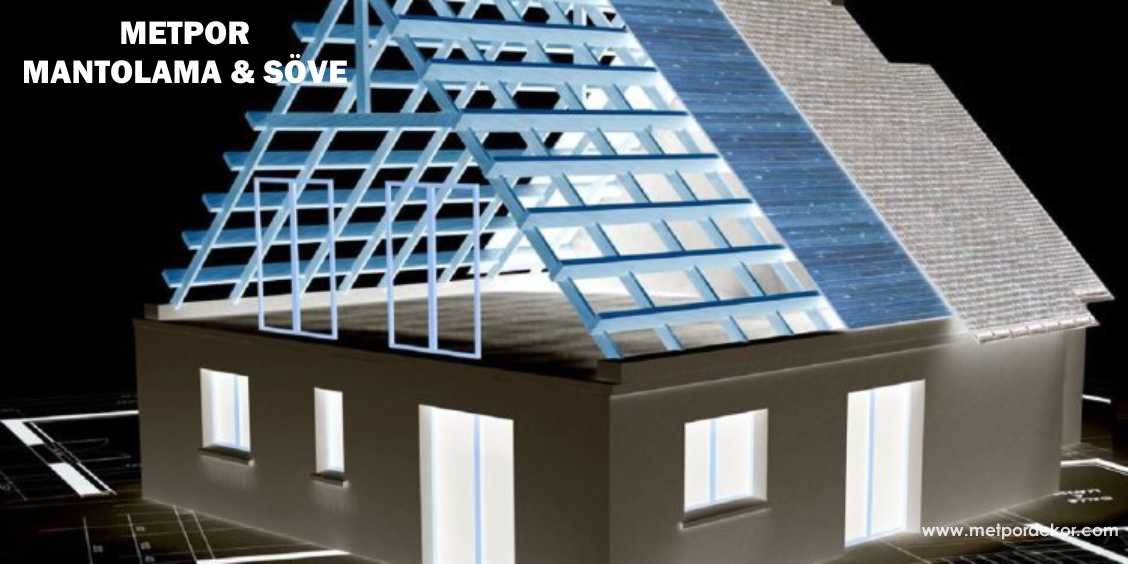
What is Building Sheathing?
Eps Sheathing Material
The material we define as EPS jacketing material is the most preferred thermal insulation system of today. In a building with a good " sheathing material " on the exterior, the energy used for heating and cooling is used less and the insulation system applications are also used to reduce the expenses arising from the heating and cooling systems to more economical figures.
At the same time, from another aspect, jamb and jacketing coating models prevent air pollution by using less fuel. As heat and moisture transmission on the exterior of the building will decrease , the life of the buildings will be extended . People have increasingly felt the need for a comfortable and economical life with each passing time period. In line with these developments, they sought solutions to the problems they encountered. What is building sheathing? is one of these solutions. Many studies on exterior cladding panels were made in the first half of the 20th century, but these developed sheathing materials started to be used after the oil crisis. What is waterproofing?You can access our article from the link.
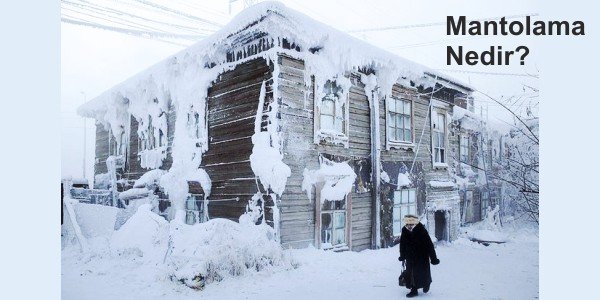
It comes in two types, expanded foam (EPS) and extruded (XPS), also known as Styrofoam. The two types differ in performance values and cost. The more expensive XPS has an R-5.5 rating, while EPS is R-4. Polystyrene insulation has a uniquely smooth surface that no other insulation has. How is sheathing done from here? You can access the link with the pictorial explanation .
Typically, foam is formed or cut into blocks, which is the best fit among siding ideas . Foam insulation boards are flammable and must be coated in a non-combustible chemical called Hexabromocyclododecane (HBCD). You can reach our article on exterior sheathing types from the link. You can also benefit from our article titled Considerations in Sheathing .
What is Sheathing? When we say it, the first thing that should come to our mind should be energy saving.
The economic difficulties experienced require us to save in every part of our lives from now on, as well as the scarcity of our energy resources and environmental and nature pollution seriously affect our lives. With exterior sheathing ( sheathing ) , which is one of the ways to prevent this, it is indispensable for today and the future. What is thermal insulation in buildings? If we ask; The process created to prevent heat transfer in two different regions and temperatures is called thermal insulation .
How Long Does the Sheathing Process Take?
The time required for sheathing applications in buildings ; The needs of the building are determined in relation to its size and the number of people who will work in the insulation application. Generally, sheathing is completed in 4-5 weeks for a medium-sized building. Of course, weather conditions or other force majeure affect this period positively or negatively. What is mesh jacketing? We also recommend you to review our article.
5 Benefits of Sheathing Application
It has important benefits such as external thermal insulation , " external sheathing ", energy efficiency , comfort levels and energy saving for our home . Staying away from thermal bridges increases thermal comfort by reducing heat movement; this makes for a warmer home in the winter and a cooler in the summer.
- It increases the thermal performance of the building.
Metpor increases the thermal inertia of the walls and limits the heat loss with its external sheathing applications . This improves indoor thermal comfort , reduces heating costs and limits CO2 pollution. - Living spaces become more comfortable.
Heat loss through the walls of a home causes moisture that can lead to deterioration of paint and plaster, squeezing of wallpaper, and the development of mites and mold. Damp homes can also contribute to respiratory problems. Sheathing a house effectively with thermal insulation materials limits the effects of condensation and can help overcome damp problems. - It greatly reduces the noise level.
Noise pollution can have a detrimental effect on our health and well-being. One way to reduce disturbances such as outside traffic noise is to install a siding . Because a quiet home means a more comfortable home. - It makes a more attractive home. The outer sheathing is covered with a decorative coating such as paint or plaster. It offers a wide range of maintenance free decorative coatings that are compatible with our range of exterior sheathing systems such as silicone and acrylic paints, mineral graters, brick effect and dry line as well as ash and nail detailing .
- A more valuable, high-performance building, whether the project is new, built or refurbished, must protect the exterior wall insulation against possible future adjustments. Potential future buyers will be interested not only in the appearance of the house but also in the thermal performance. A well-insulated, thermally efficient house lined with fire-retardant materials is more valuable. Is Sheathing Sufficient for One or Some Facades? You can find detailed information in the article.
Where is sheathing done in buildings?
As long as the necessary details are taken into consideration during the construction phase , isolation system applications in new buildings will be easier than in old buildings . Care should be taken to leave the sheathing allowance while opening the channels of the coring rainwater drain pipes , insulating the roof parapets and hidden streams with today 's best sheathing materials , and considering the sheathing share in the window sills and the thickness of the decorative jamb models , if thought , will eliminate many problems that may be encountered during system applications. .
What are window jambs on the exterior ? You can get comprehensive information about jamb materials from our article . Sheathing application in buildings sometimes allows us to save natural gas energy with styrofoam sheathing materials such as classical plain jacketing, siding printing coating materials , jointed jacketing, terracotta exterior coating .
Rough plastering under sheathing in new buildings is not technically a necessity, but it will be beneficial for system applications to be applied more smoothly .
Thermal insulation system applications in residential buildings are more difficult than in new buildings . The reason for this is the density of possible problems especially under the sills, parapet edges, rain water drains, balcony doors.
Window Sill Bottoms: As the buildings are covered with " heat insulation boards " in sheathing applications , marble sill droppers are closed in most buildings, and if measures are not taken in such applications, it is inevitable that rain water will flow from the window centers to the facade and cause pollution. In order to eliminate the said problem, it is an indisputable necessity to put pvc or aluminum drip profile on the bottom of the sills after sheathing in old buildings . What is interior sheathing? We also recommend you to review our article.
Parapet Edges: Unfortunately, the necessary thermal insulation of the roof parapets could not be made in the old buildings in our country. It poses a danger in the future for " sheathing applications " made after the existing problems in the roof streams are not solved first .
Insulation is an application that acts as a barrier to heat flow. It is a necessary measure to keep our homes warm in winter and cool in summer. A house that has been planned correctly not only provides comfort, but also saves on cooling and heating bills. This contributes to environmental protection by reducing greenhouse gas emissions.
Factors such as climatic conditions, location and altitude are the factors that directly affect the level of the building coating and which type of sheathing technique should be applied. The sheathing application to be made to the building must be a jacketing method that meets the seasonal needs of the building .
Sheathing helps protect against bad weather conditions and is expected to eliminate humidity problems such as condensation in buildings. Some types of sheathing also have sound insulation properties.
3. How is sheathing done?
- Sheathing Prices 2020
- Sheathing Prices 2018
4. Where is sheathing done?
- What is Sheathing Corner Profile?
- What is Sheathing Plaster?
- How to Take the Sheathing Decision?
- How is Exterior Sheathing Made?
Sheathing Guide Part 1...
Sheathing Guide Part 2...



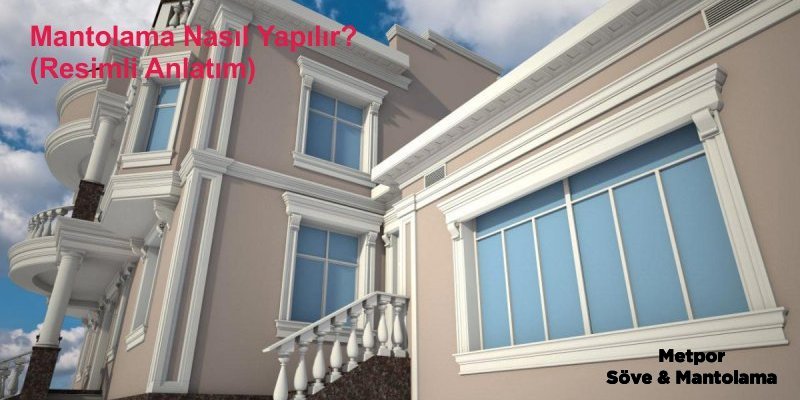
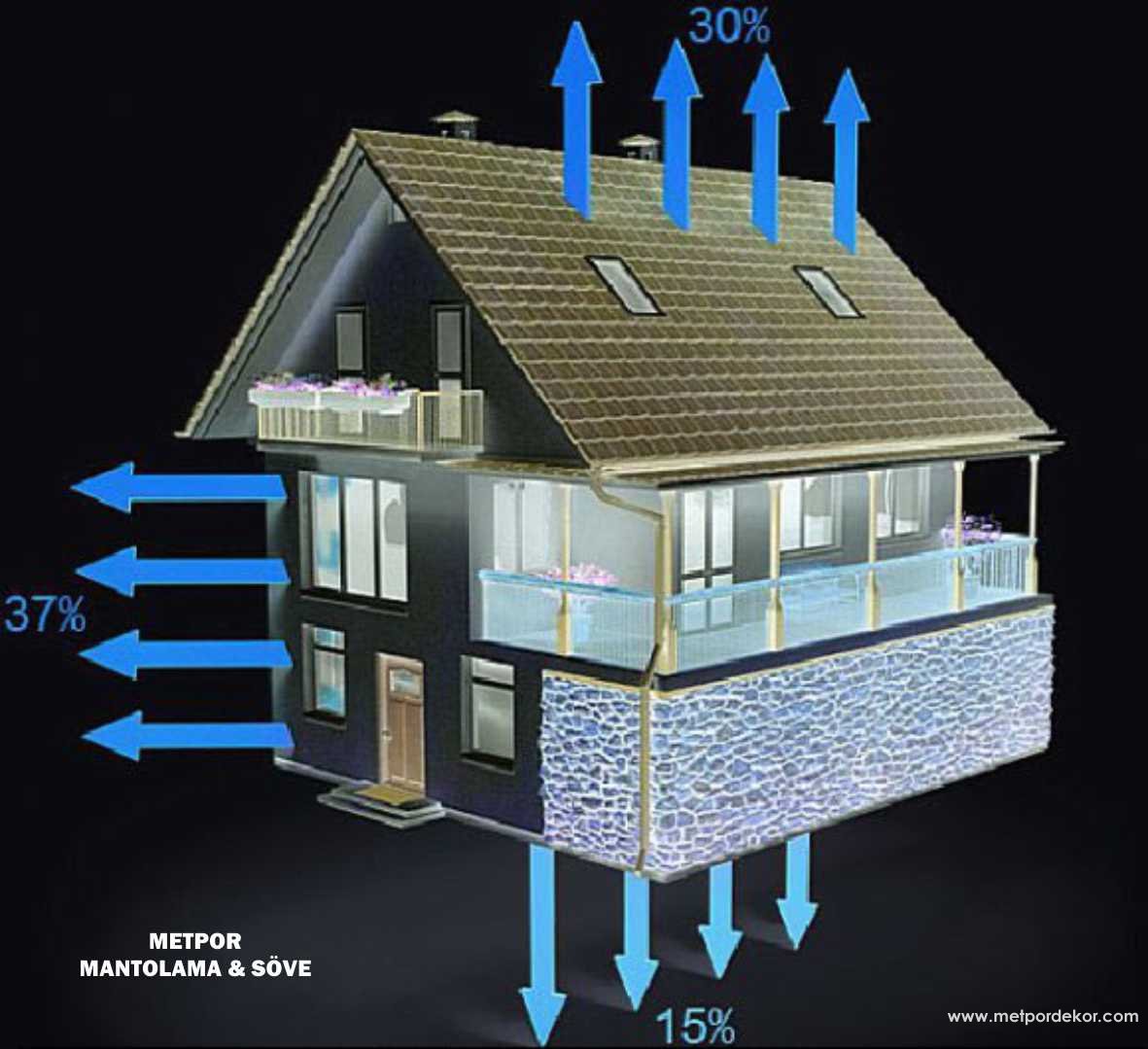

Metpor
info@metpordekor.com
Okunma Sayısı : 323